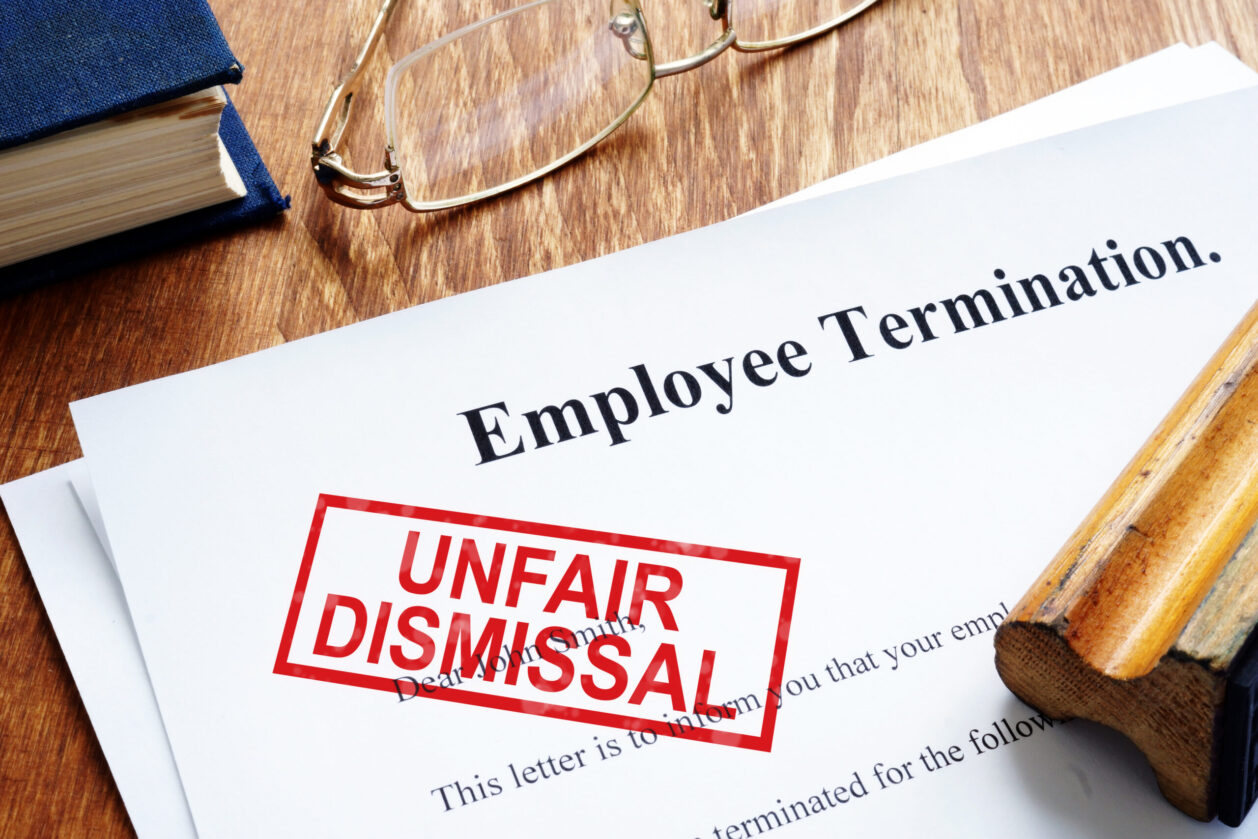Australian workplaces are under increasing pressure to demonstrate they are dealing with sexual harassment as more reports of inappropriate workplace behaviour emerge.
Proposed legislative reforms, designed to help prevent sexual harassment in workplaces, are one part of a greater cultural shift on the issue.
But how can you, as a business, prevent and manage sexual harassment? We explain.

What is sexual harassment?
Under the Sex Discrimination Act 1984, sexual harassment is defined as “any unwanted or unwelcome sexual conduct, where a reasonable person would have felt harassed, offended, humiliated or intimidated”.
It is conduct that is unwelcome and of a sexual nature. To be unlawful there are additional requirements:
- Either there was an actual or potential disadvantage to the complainant if they complained about the harassment (WA legislation); or
- A reasonable person would anticipate the possibility that the behaviour is offensive, humiliating or intimidating (Federal legislation).
The "reasonable person" test takes into account a number of factors, including the complainant’s age and cultural background as well as whether they have a disability and the relationship between the complainant and the harasser.
Importantly, the reasonable person test focuses on how the complainant felt, not what the harasser intended or knew about their behaviour.
Therefore, it does not matter if behaviour is not intended as sexual harassment - if a reasonable person considers it so, it is.
Examples of sexual harassment

Mitigating the risks
It is essential for workplaces to have clear policies and training to set expectations around staff behaviour.
This should include:
- defining sexual harassment;
- explaining that it is unlawful;
- setting behaviour standards;
- addressing use of social media, and
- explaining what to do if a worker experiences or witnesses sexual harassment.
Responding to an incident
As soon as you witness, hear about or suspect an incidence of sexual harassment, it needs to be addressed.
Workplace policies should detail how sexual harassment complaints are dealt with.
The Respect@Work report, by Sex Discrimination Commissioner Kate Jenkins, includes the following recommendations:
- Support—prioritising worker wellbeing and provision of support to workers, including before they make a report, as well as after they report and during any formal processes.
- Reporting—increasing the options available to workers to make a report of workplace sexual harassment and address barriers to reporting, and creating new ways for business owners and employers to intervene to address sexual harassment, other than launching a formal investigation. Adopting a victim-centred approach to the way investigations are conducted when a report is made can minimise unnecessary harm to workers.
- Measuring—the collection of data at a workplace-level and industry-level, to help improve understanding of the scope and nature of the problem posed by sexual harassment. This includes understanding the prevalence, nature and impacts of workplace sexual harassment as well as the effectiveness of workplace initiatives designed to address it.
Respect at Work Reforms
The Federal Government’s Sex Discrimination and Fair Work (Respect at Work) Amendment Bill includes additional measures to address sexual harassment in the workplace. The amendments are designed to:
- Clarify that sexual harassment can constitute a valid reason for termination;
- Extend the Fair Work Commission’s anti-bullying provisions to include making an order to stop sexual harassment;
- Extending the scope of the existing sexual harassment laws to include all forms of workers, not just direct employees; and
- Introduce a new provision to prohibit harassment on the grounds of sex.
The proposed prohibition on Sex-Based Harassment would make it unlawful for a person to engage in unwelcome conduct of a seriously demeaning nature by reason of the person’s sex, in circumstances which a reasonable person would have anticipated the possibility that the person harassed would be offended, humiliated or intimated.
This differs from sexual harassment in that it applies to harassment based on the individual’s gender.
Employers will need to update their existing policies and training to reflect the new provisions.
CCIWA's new eLearning Library has a suite of interactive modules on topics to help run your business, including workplace harassment.
For advice on developing a sexual harassment policy or handling a complaint, contact CCIWA’s Employee Relations Advice Centre on (08) 9365 7660 or email [email protected].






